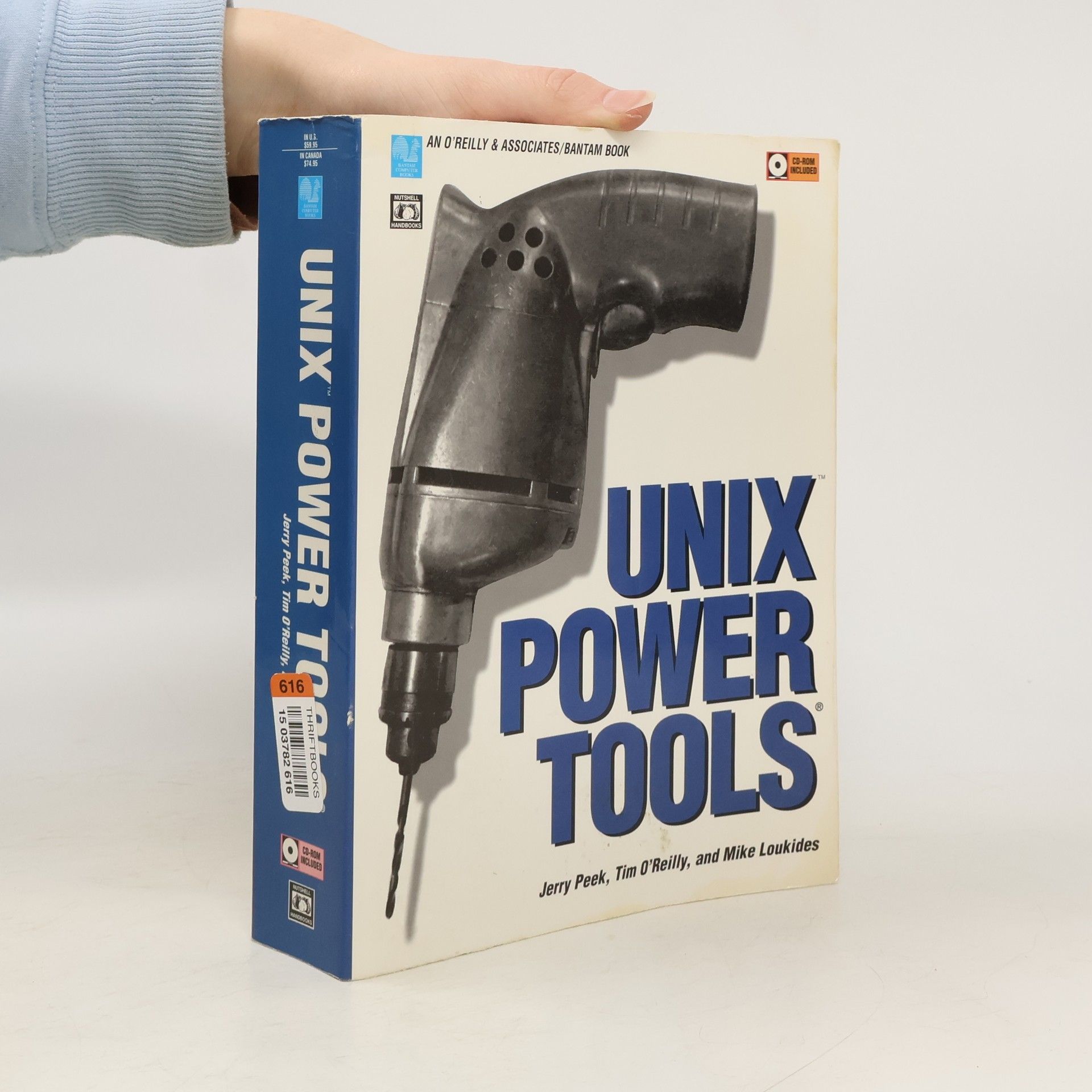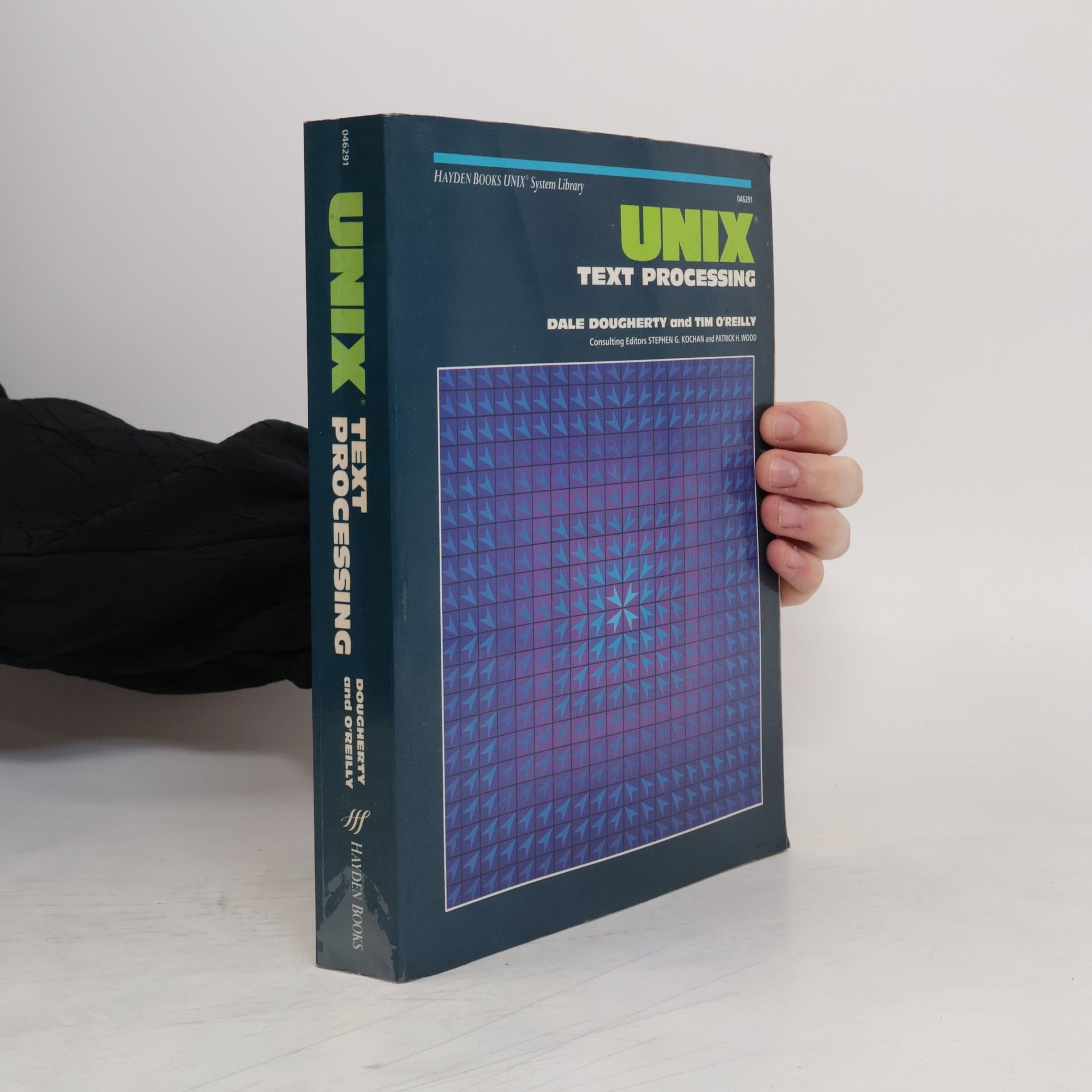Twitter ist als Plattform zum Austausch privater Nachrichten groß geworden, doch die letzten Jahre haben gezeigt, dass der Microblogging-Dienst noch ganz andere Stärken hat: Immer wieder gibt es weltpolitische Ereignisse, die zunächst auf Twitter vermeldet werden, und auch Trends lassen sich hier gut beobachten. Darüber hinaus kommt Twitter häufig in beruflichen Zusammenhängen zum Einsatz - sei es zum direkten Austausch mit Kunden oder als PR-Instrument in der Unternehmenskommunikation. Auch wenn die Bedienung von Twitter an sich sehr einfach ist, braucht es einige Erfahrung, um die zahlreichen Facetten der Plattform zu entdecken. Dieses Buch begleitet Sie bei den ersten Schritten und macht Sie mit dem Twitter-typischen Jargon vertraut. Erfahren Sie, wie Sie sich mit anderen Twitterern vernetzen und die Plattform für Recherchezwecke nutzen. Auch die Nutzung von Twitter im Unternehmen und das Zusammenspiel mit Facebook und einem Blog werden behandelt. Die Autoren Tim OReilly und Sarah Milstein sind bekennende Twitter-Fans und geben in diesem Buch wertvolle Einblicke in ihre Erfahrungen mit der Plattform. Die zweite, deutsche Auflage wurde von den Twitter-Liebhabern Volker Bombien, Corina Pahrmann und Nathalie Pelz überarbeitet und um wichtige deutschsprachige Sites und Informationen zum mobilen Twittern ergänzt.
Tim O'Reilly Bücher







While termcap and terminfo are no longer as important as they once were, due to the growth of the X terminal market and increased standardization among ASCII terminals, handling different terminal types can still be a headache for system administrators. The termcap and terminfo databases are UNIX's solution to the difficulty of supporting many terminals without writing special drivers for each terminal. Termcap (BSD) and terminfo (System V) describe the features of hundreds of terminals, together with a library of routines that allow programs to use those capabilities.This book documents hundreds of capabilities and syntax for termcap and terminfo, writing and debugging terminal descriptions, and terminal initialization.Contents include:Terminal independence: the need for termcap and terminfo. Reading termcap and terminfo entries. Capability syntax. Initializing the terminal environment. Writing termcap and terminfo entries. Converting between termcap and terminfo. Detailed descriptions of the capabilities. Screen dimensions and cursor movement. Initialization and reset. Special and equivalent terminals. Many useful appendices.
UNIX Power Tools
- 1119 Seiten
- 40 Lesestunden
UNIX documentation typically comes in one of two flavors: at one extreme, light and fluffy books that assume you are a terrified PC user who needs to learn enough UNIX to get by at work, or massive and obscure tomes written for gurus, and indistinguishable from the most incomprehensible man pages. This UNIX book, in contrast, assumes that you are basically a competent and intelligent individual, and that you are sufficiently secure in your self-image at work that you simply want to get things done, simply, by taking advantage of the real power of UNIX without having to learn "man-speak". It doesn't skimp on clear introductions and overviews, but the focus of the book is on practical examples of the most useful UNIX commands and utilities. A minor quibble: the enclosed CD-ROM is a bit heavy with utilities and packages that are probably already resident on your UNIX system (like Perl, Emacs, pbmplus), but it does contain scripts that are used throughout the book and that you'd probably rather not type in. Highly recommended for anyone who really wants to use UNIX, and not just cower or pose.
X Toolkit Intrinsics Programming Manual
- 712 Seiten
- 25 Lesestunden
A complete guide to programming with XT Intrinsics, the library of C language routines that facilitates the design of user interfaces with reusable components called widgets. Uses the Motif 1.2 widget set in examples and covers X11 Release 5.
WTF : What's the Future and Why It's Up to Us
- 448 Seiten
- 16 Lesestunden
Tim O'Reilly has spent three decades exploring the world-transforming power of information technology. Now, the leading thinker of the internet age turns his eye to the future and asks the questions that will frame the next stage of the digital revolution: Will increased automation destroy jobs or create new opportunities? What will the company of tomorrow look like? Is a world dominated by algorithms to be welcomed or feared? How can we ensure that technology serves people, rather than the other way around? How can we all become better at mapping future trends? Tim O'Reilly's insights create an authoritative, compelling and often surprising portrait of the world we will soon inhabit, highlighting both the many pitfalls and the enormous opportunities that lie ahead.
For all its widespread use, UUCP is one of the most difficult UNIX utilities to master. Poor documentation, cryptic messages, and differences between various implementations make setting up UUCP links a nightmare for many a system administrator.This handbook is meant for system administrators who want to install and manage the UUCP and Usenet software. It covers HoneyDanBer UUCP as well as standard Version 2 UUCP, with special notes on Xenix. As one reader noted over the Net, "Don't even TRY to install UUCP without it!"Topics covered in Managing UUCP The tenth edition of this classic work has been revised and expanded to include descriptions
UNIX System Library: UNIX Text Processing
- 544 Seiten
- 20 Lesestunden
Book by O'Reilly, Tim, Dougherty, D.
WTF? Co přinese budoucnost a jak ji přežít
- 432 Seiten
- 16 Lesestunden
Technologický vývoj nabírá tempo, celá společnost stojí na rozcestí a my se užasle ptáme: WTF? Co se to děje? Připraví nás roboti o práci? A když ne roboti, tak obří společnosti typu Uber a Amazon? Zničí fake news demokracii? Vzbouří se nakonec umělá inteligence jako Skynet ve filmu Terminátor? Otázky jako pro majitele křišťálové koule... Ale přesně takovou pověst Tim O’Reilly má – „věštec Silicon Valley“ (časopis Inc.) nebo „stopař trendů“ (Wired). Zrod klíčových technologických inovací sleduje zblízka už od konce sedmdesátých let, opakovaně předpověděl další vývoj. Vyplatí se naslouchat mu i nyní.

